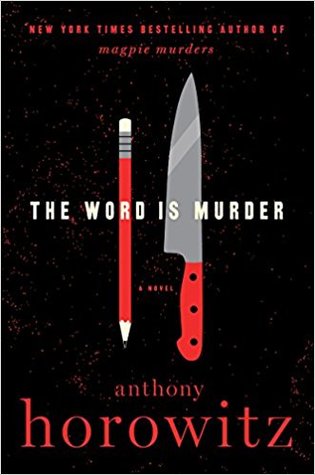The Lager Queen of Minnesota J Ryan Stradal (2019) Midweek Bonus Post!
Stereotypes are by definition oversimplified and formulaic, and stereotyping of any large population is particularly problematic, since variability among individuals is much more likely than conformity. Still, we all know what’s meant, for example, by “Southern hospitality,” even if not every person who lives in the southern United States is hospitable.
In The Lager Queen of Minnesota, J Ryan Stradal gives us a good portrait of “Minnesota nice,” the stereotype of that state’s residents that includes characteristics such as avoidance of conflict, social reticence, and a surface politeness that can mask passive aggressiveness. Of course, not all Minnesotans fit this profile, but the fictional Edith Magnusson certainly does. In 2003, when the fruit pies that she bakes at a rural nursing home garner statewide attention and paying dinner guests, the 64-year-old Edith shrugs off fame and is afraid to ask for a wage increase. Over the ensuing years, she doesn’t parlay her culinary genius into a job that can pay the bills, even when she has to take over raising her teenage granddaughter, Diana.
Edith’s struggles seem grossly unfair, considering that her estranged sister, Helen, inherited all the proceeds of their family farm years before and used the money to launch a successful brewery. That’s the setup of this novel, which gently pokes fun both at Minnesotans and at the currently trendy craft brewery phenomenon. The supposedly evil Helen’s non-craft brewery is named “Blotz,” with echoes of the slang term for drunk, “blotto.” The craft brewery where the young Diana works part-time is named “Heartlander,” with echoes of beloved farmland and amber waves of grain.
In much the same vein as Stradal’s previous novel, Kitchens of the Great Midwest, The Lager Queen of Minnesota features strong women who survive and thrive in business despite the appalling family situations that they have to contend with. In Kitchens, the arena for success is hyper-gourmet pop-up restaurants. In Lager Queen, it’s breweries. In a delightful twist, several of the successful female entrepreneurs portrayed in Lager Queen are well past the age when they’d qualify for Social Security. Pies might have been a more conventional route for Edith to achieve financial salvation, but Lager Queen doesn’t take the predictable plot turns. In the end, Stradal finds a way to combine Edith’s pie-baking and beer-brewing talents.
Yeah, it’s a quirky book, but the quirks are droll and entertaining. If you’re a Midwesterner or a friend of a Midwesterner, check it out. And if you’d like to read reviews of other books set in Minnesota, try the new Search Box at the top of this page!






















